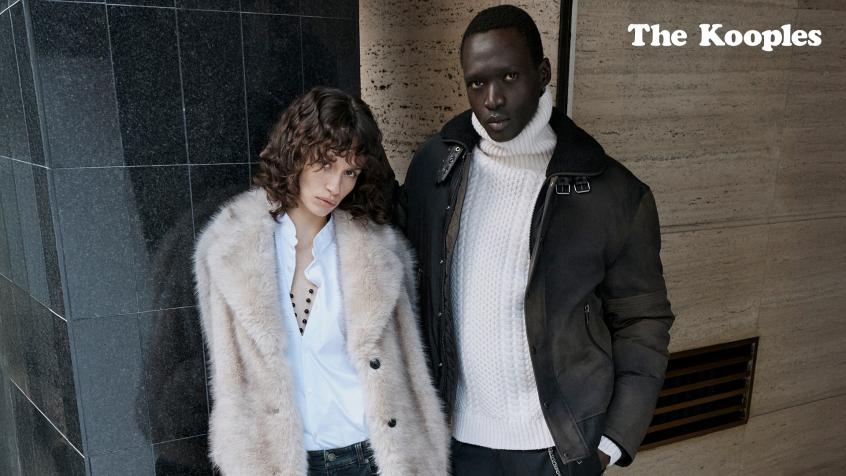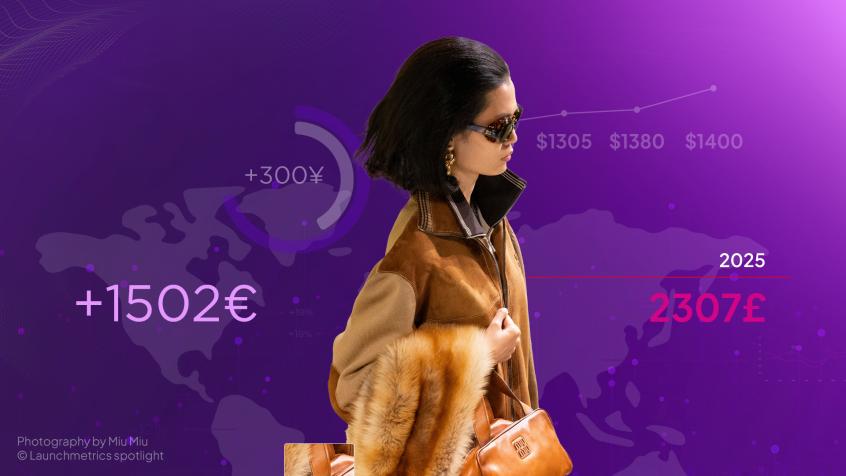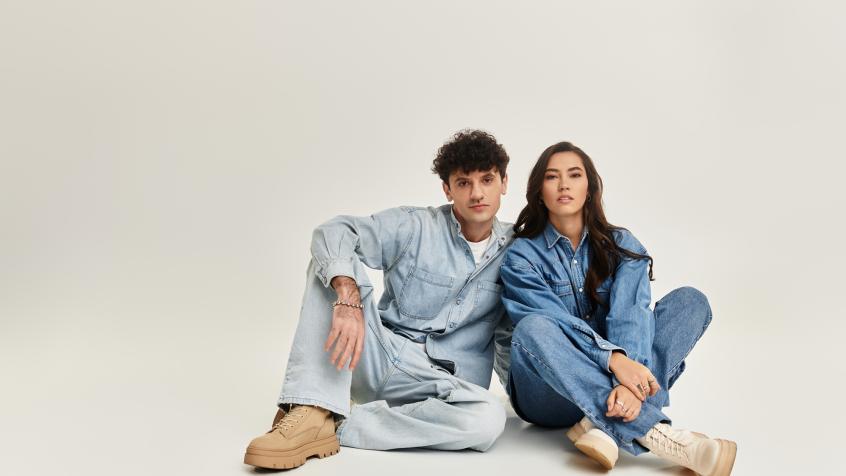Fashion's size inclusive evolution
How are brands expanding their size range today?

Get your own competitive analysis
Want to enhance your size range confidently? With this report, created using Retviews data, discover how automated benchmarking can help you improve your own brand’s size range and optimize your assortment strategy. Retviews, the competitive benchmarking tool for fashion brands and retailers allows you to monitor competitor strategies in real-time and adjust your assortment with ease. Take advantage of AI for fashion retail and stay ahead of the competition.
Key takeaways
- Within the US market, brands are expanding their size range with regards to womenswear and menswear, the biggest expansion being with the XXL size
- Catering to smaller sizes is also key. Leading brand Uniqlo has expanded its assortment within larger XXL and XXXL sizes as well as smaller XXS sizes.
- Victoria’s Secret is making a comeback with an entirely new strategy, keeping its focus on increased inclusivity and diversity, however sexier collections are falling behind in terms of size inclusivity.
What does sizing look like today?
As the fashion industry is experiencing a widespread shift - the minimal size range for apparel, that was once the norm for countless brands is now a thing of the past, and the brands that are not adapting are ultimately falling behind. Studies have shown that the average size of the American woman has gone up from a size 14 (EU 44/UK 16) to a size 18 (EU 48/UK 20). Numerous brands are marketing new collections with extended sizing and have seemingly altered their strategies to cater to a wider customer base. However, how size inclusive have leading brands become? Are we seeing a prominent change and is there room for improvement?

Retviews, the competitive intelligence tool for fashion brands and retailers allows brands to monitor their competitors’ strategies and adjust their own assortment accordingly. Retviews data indicates an interesting change in mass market size inclusivity between 2021 and 2022. Within the womenswear market, leading mass market brands in the US market such as Abercrombie & Fitch, GAP, American Eagle and Aritzia as well as Zara have on average increased size ranges, with an average 30% of collections being available in XXL sizes so far in 2022, representing a 21% increase YoY.
XXXL sizing on the other hand, is available in 2% of leading brands’ collections in 2022, which is double the share of 2021. 4XL sizes are also meagerly present - on average in only 1% of collections. Although sizing range has increased, womenswear still lacks a valuable portion of the market with big sizes as well as sizes such as XXS or 3XS, whose presence is still scarce in womenswear.

Several key brands have been expanding their sizing on both ends of the spectrum. Retviews data shows that Fast Retailing’s leading brand Uniqlo carries four times more 3XL sizes in its assortment in 2022 than in 2021; growing from 1,4% to 5,6% in one year’s time. Similarly for 2XL sizes, their presence in Uniqlo’s assortment has grown 50% YoY.
Catering to smaller sizes as well - Uniqlo now carries 87% more XXS pieces in its overall assortment, as opposed to in 2021.
With Retviews, fashion brands can see this type of data in real-time, monitor competitors and adapt their own assortment, making sure that they are optimizing performance with the right size structure for their collection.
Victoria's Secret - the change in strategy
One of the most controversial brands in terms of inclusivity is the lingerie giant Victoria’s Secret, the US brand's identity formerly and famously lied in only portraying the sexy, slim and seemingly ideal “Victoria’s Secret Angels”, with the Victoria’s Secret fashion show, where models donned the famous angel wings down the runway.
However, this brand strategy no longer has its place in today’s market, where inclusivity, representation and empowerment reign supreme - further causing Victoria’s Secret sales to plummet throughout the past several years. Edging towards bankruptcy, the lingerie giant recently underwent a complete rebrand and has kept its focus on diversity and inclusivity, with new collections that cater to a wider range of women. But what lies in the data behind this rebrand? Considering the brand’s latest campaigns, how do its collections measure up?

Retviews data showcases that within the past year alone, Victoria’s Secret has made strong changes in terms of its size range. Currently, 74% of the brand’s collection is available in a 2XL size, as opposed to only 24% of its collection in 2021. Also catering to the opposite end of the spectrum, Victoria’s Secret carries XXS sizes in 35% of its collections.
What's missing for Victoria's Secret?
Although Victoria’s Secret has recently developed inclusive and diverse campaigns with a focus on comfort, a crucial part of the lingerie sector lies in sexy lingerie. Leading competitor Savage x Fenty’s most recent Valentine’s Day collection was available through sizes XS to XXXL, in its entirety; from its sexiest to its comfiest pieces. Victoria’s Secret having expanded sizing in its overall collection - how does it measure up in terms of sexy lingerie?

From corsets and bustiers to garters and lacy pieces, Retviews data indicates that Victoria’s Secret sexier pieces have not matched the increased inclusivity that is seen in the brand’s overall collection as it carries only 21% of its sexier pieces in an XXL size. Therefore, in order to reach a wider range of customers, and avoid losing out on sales, the brand should strongly consider extending sizing for sexier lingerie as well. Retviews, the competitive intelligence tool allows fashion brands to access this data in real-time, keep an eye on competitor strategies and optimize their own assortment.
Spotting opportunities and boosting inclusivity
Key brands such as Victoria’s Secret are rebranding and gravitating towards increased inclusivity. However, brands are still not carrying larger and smaller sizes at the same rate as the limited generic sizes - indicating a prominent development opportunity for brands to expand their size range equally across all sizes. Victoria’s Secret leading competitor Savage x Fenty is one of the brands ensuring an even repartition of sizes across its collections. With Retviews, the competitive benchmarking tool for fashion, brands can monitor their competitors’ strategies and see where they should adjust and adapt their collections, and spot development opportunities in order to stay ahead of the industry. Enhance your own brand’s performance with Retviews.
Retviews
Related content









